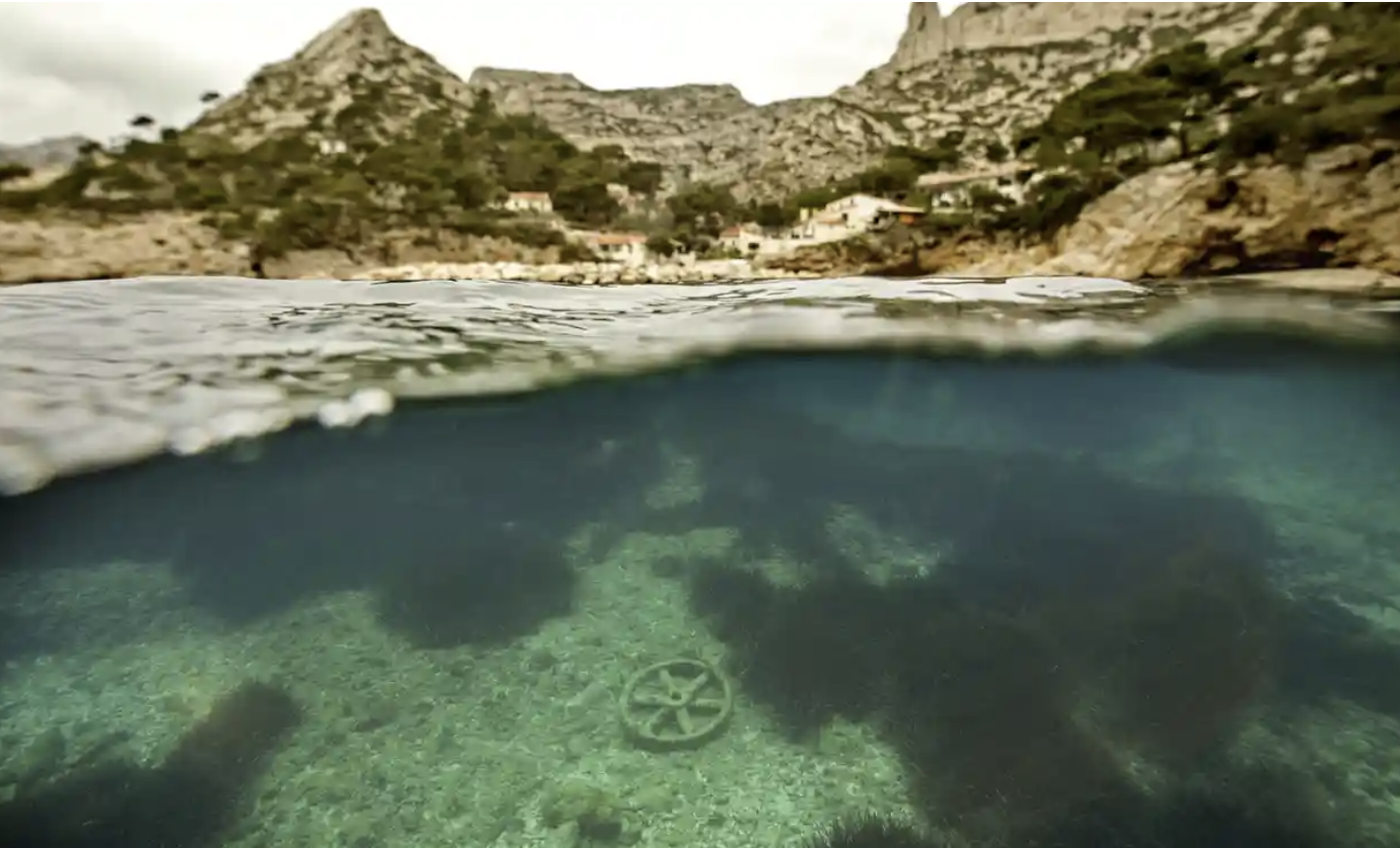Safi Bugel
Posidonia oceanica segrass meadows in the calanques in the Mediterranean Sea near Marseille, southern France. Photograph: Boris Horvat/AFP/Getty Images
Chemicals found in sunscreen lotions are accumulating in Mediterranean seagrass, a study has found.
Scientists discovered ultraviolet filters in the stems of Posidonia oceanica, a seagrass species found on the coast of Mallorca and endemic to the Mediterranean Sea.
The researchers believe the contamination is the result of recreational activities and waste discharges in the tourist destination.
“This marine enclave is impacted by port activities, water discharge and tourism,” said Dr Silvia Díaz Cruz, co-author of the study published in Marine Pollution Bulletin. “Since the Mediterranean Sea is shallow, small and very enclosed, concentrations of UV-absorbing chemicals can reach high [levels].”
Samples found varying concentrations of sunscreen components, including oxybenzone, avobenzone 4-methyl, benzylidene camphor, benzophenone-4 and methyl parabens.
While the full impact of these chemicals on seagrass remains unknown, the researchers are concerned about potential harmful effects.
“If we find that sunscreens affect the photosynthesis and productivity of seagrasses beyond accumulation, we will have a problem since these seagrasses play important ecological roles in the Mediterranean coasts,” said co-author Prof Nona Agawin.
Posidonia oceanica forms extensive meadows in the coastal Mediterranean and plays a crucial role in maintaining a healthy ocean ecosystem. Seagrass meadows are home to diverse marine species and act as carbon stores, while also helping buffer coastal areas against erosion.
Previous research has found that certain UV-filtering sunscreen chemicals can have damaging effects on fish, turtles and dolphins, including disrupting their reproductive systems and harming their development.
Coral reefs are also affected and these chemicals have been prohibited in tourism destinations such as Hawaii, Florida and Palau. Similar legislation has yet to be introduced in Mediterranean countries.
The researchers emphasise the need for further research on the effects of UV-filtering chemicals in seagrass meadows. “If we find which sunscreen components are harmful for seagrasses, then we should better regulate and provide alternatives to protect the beach-goers and also the seagrasses,” said Agawin.

